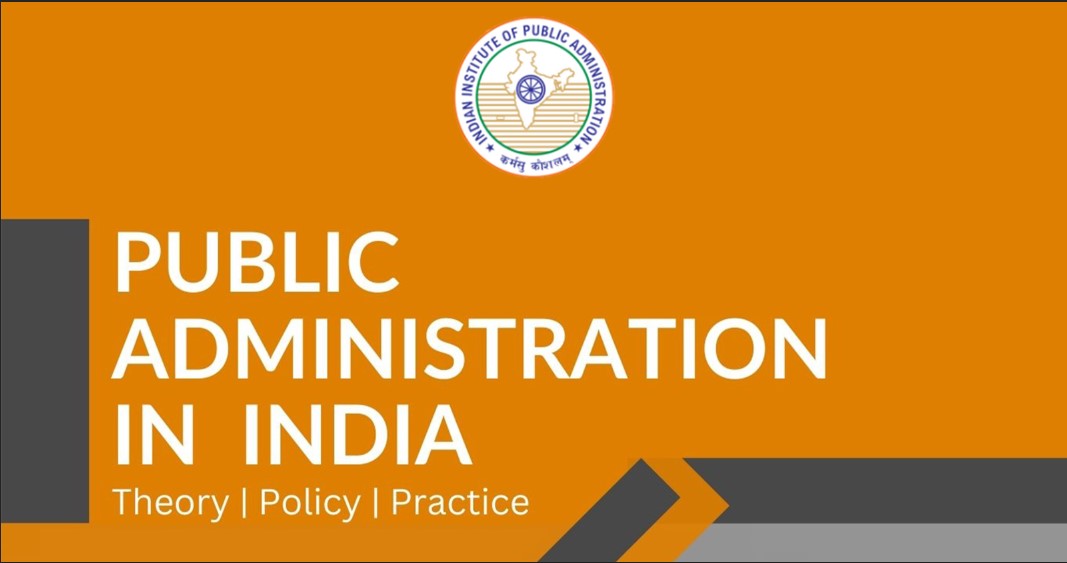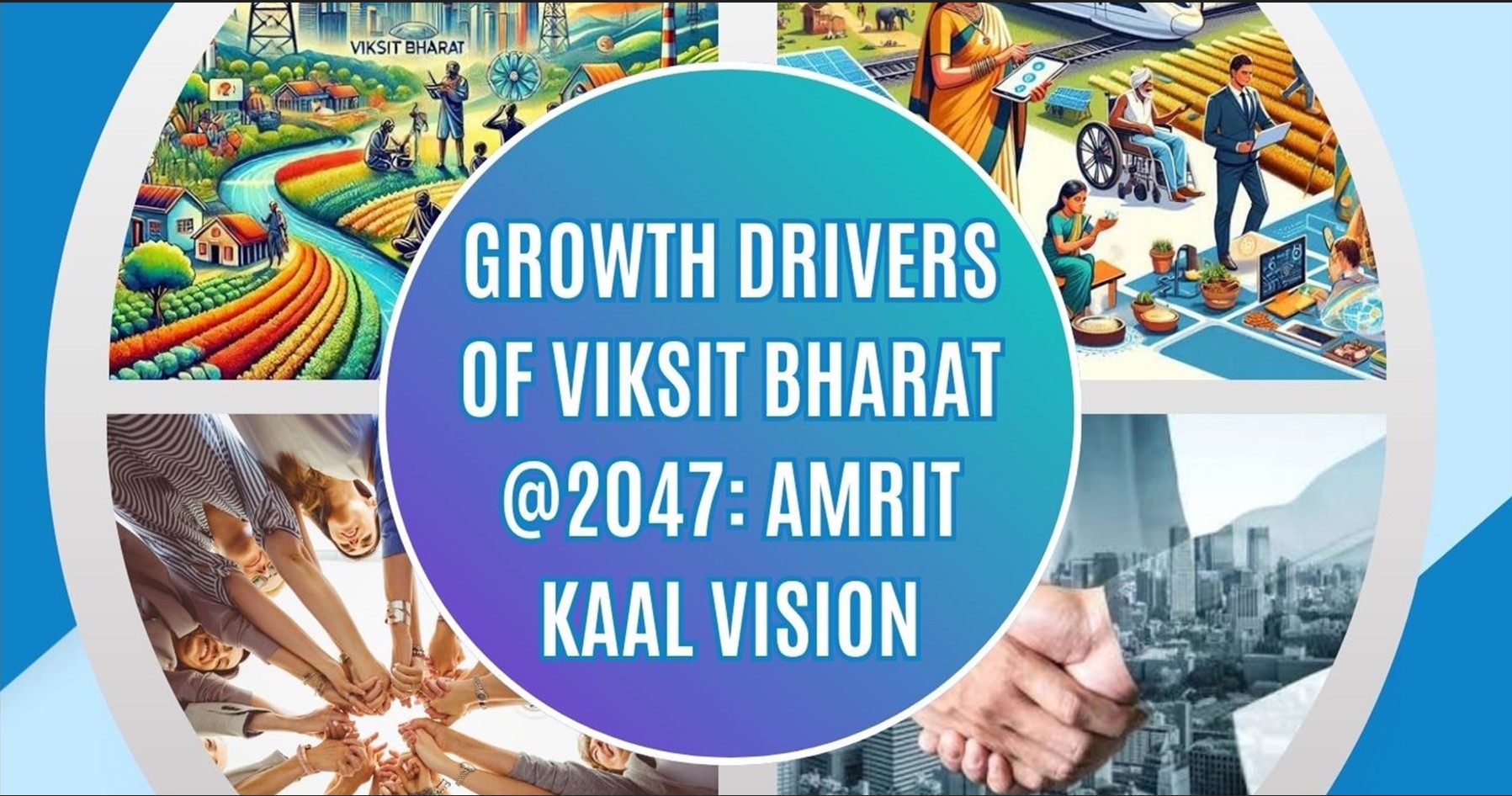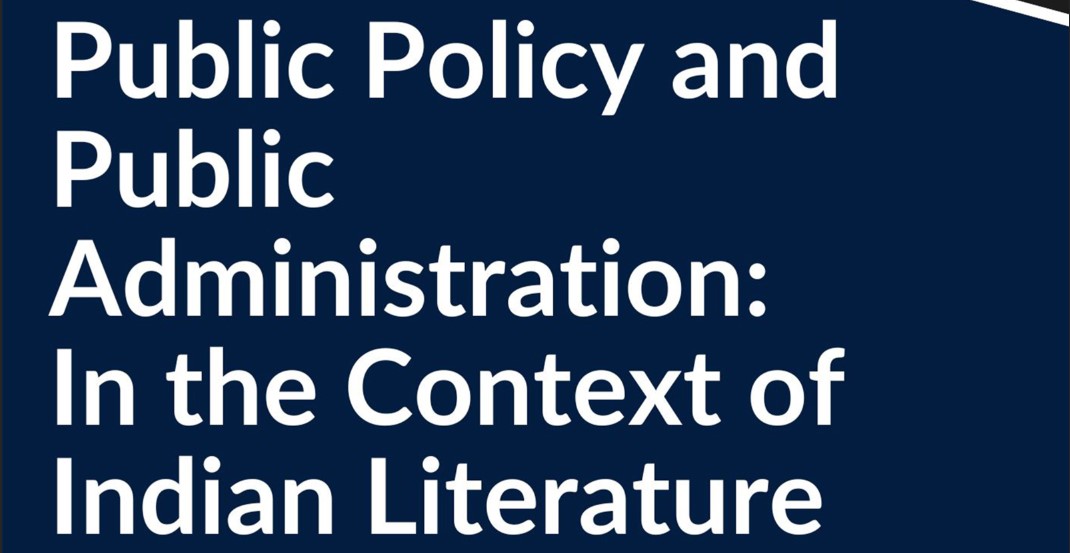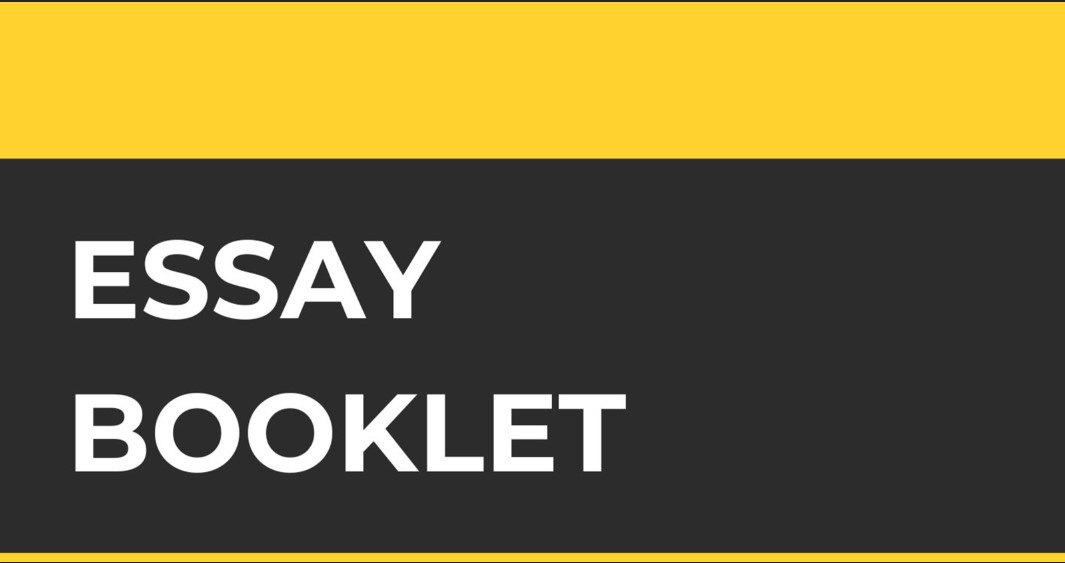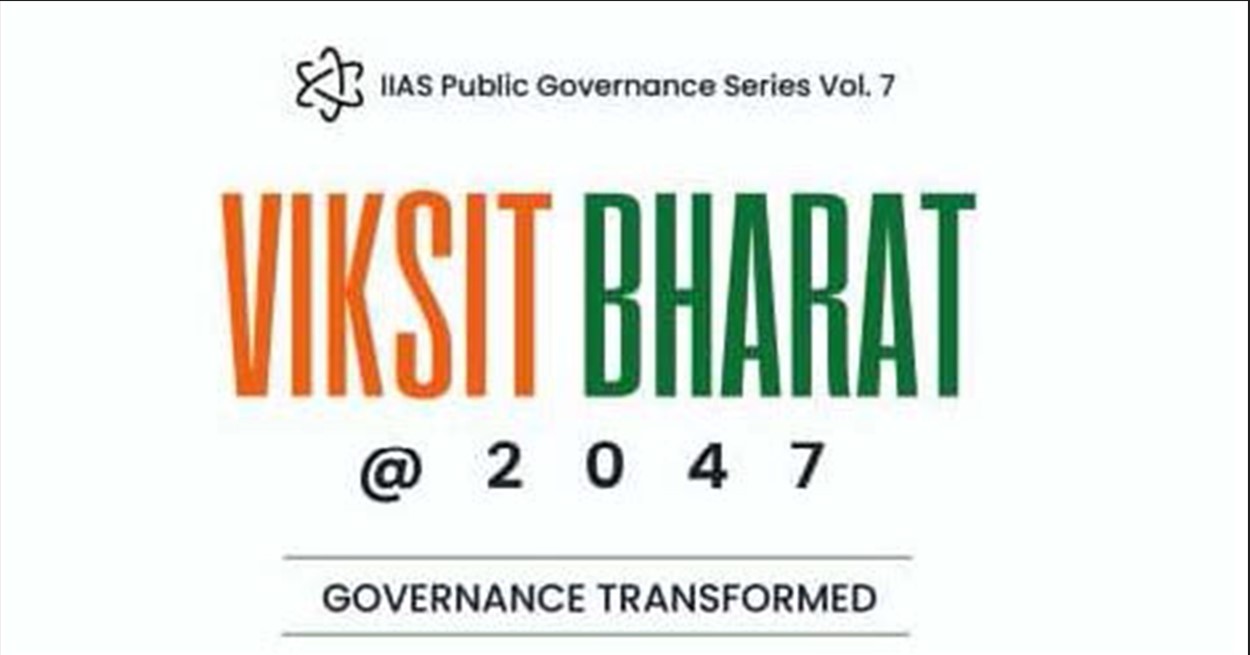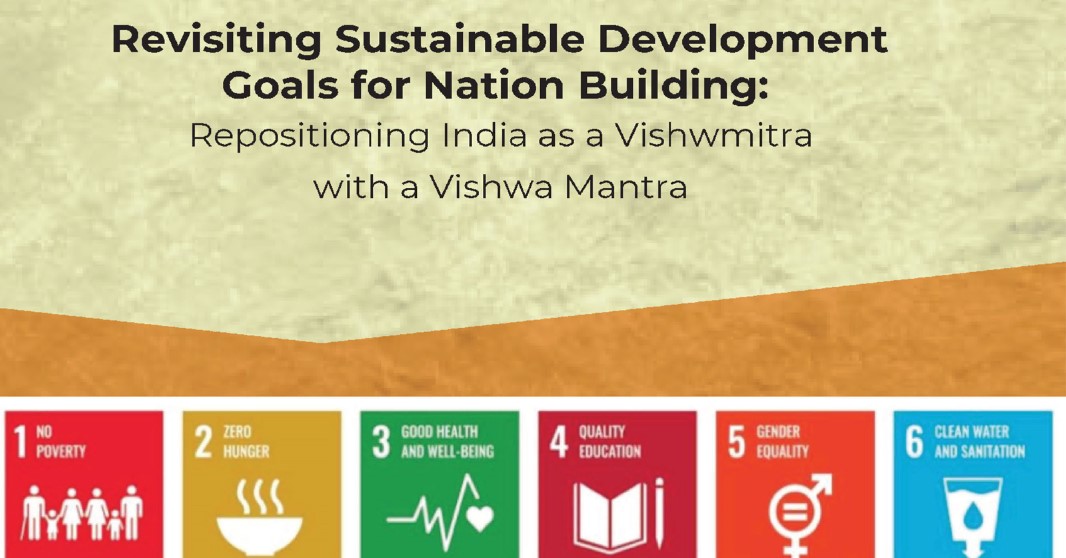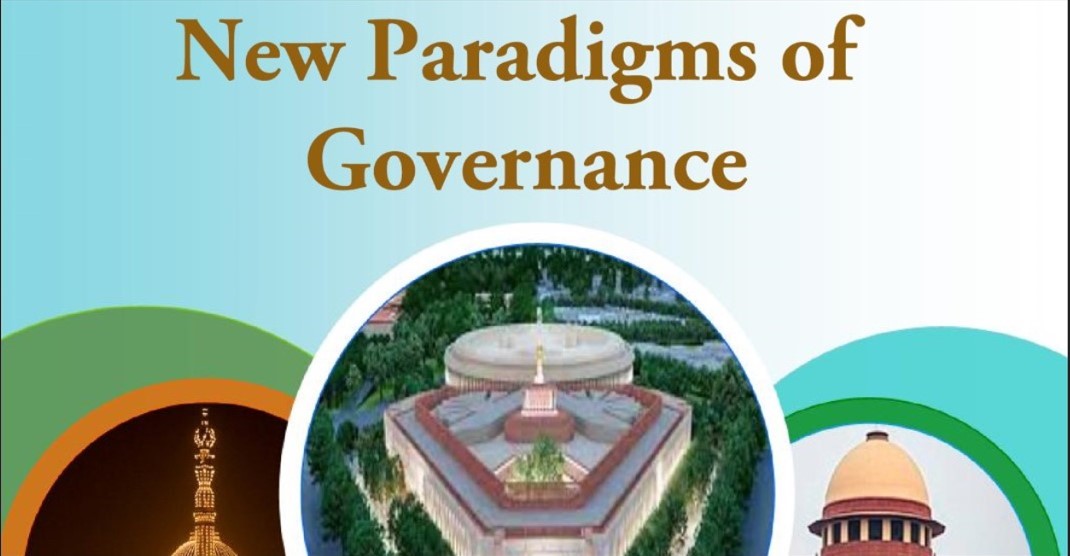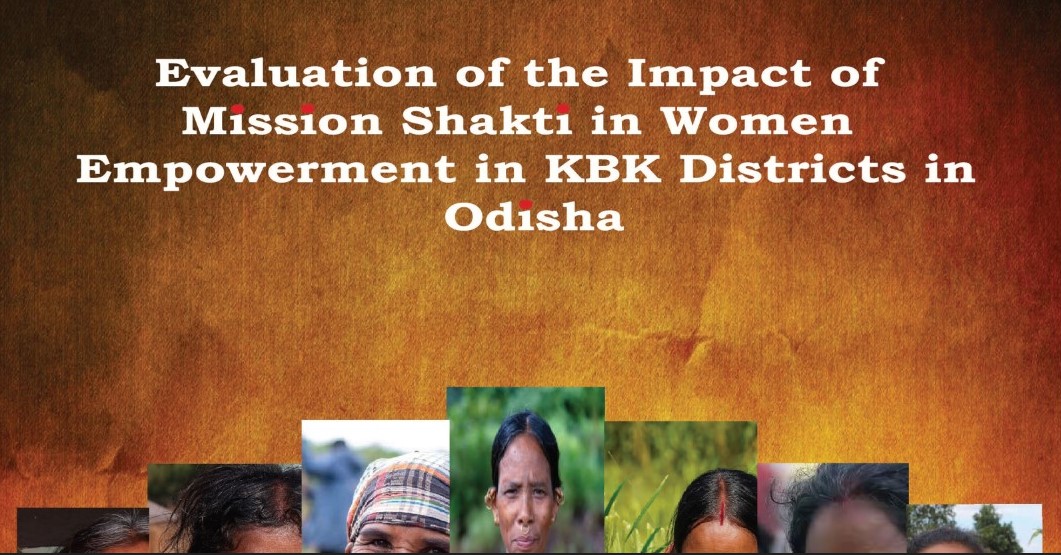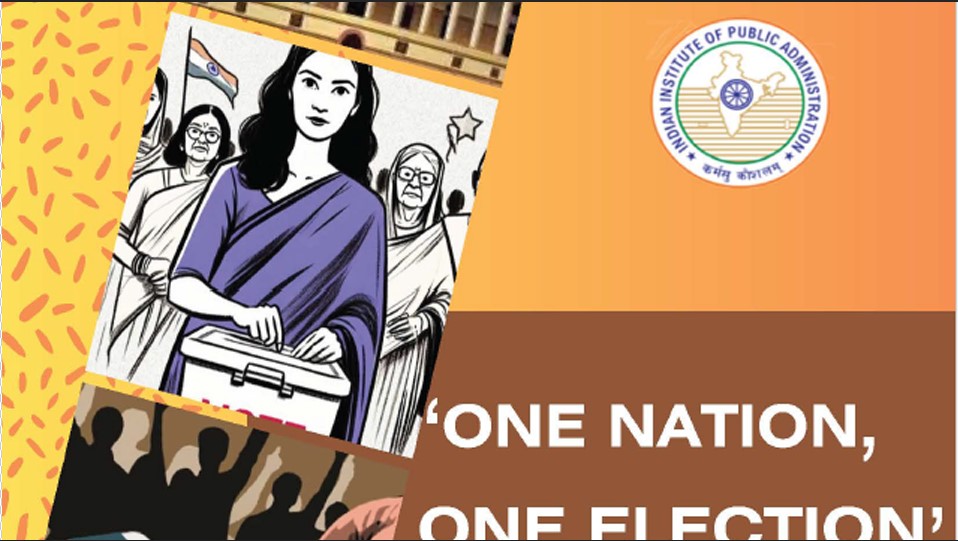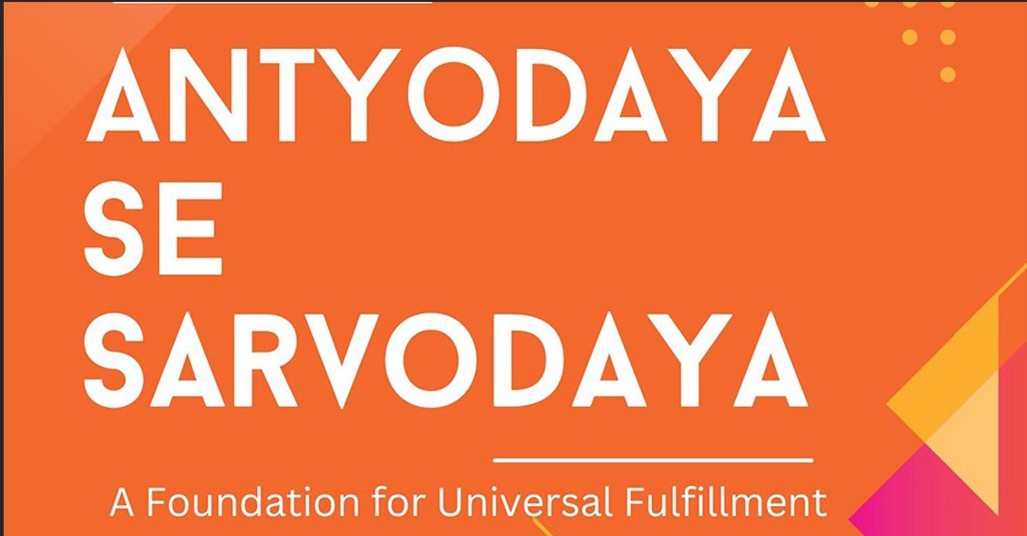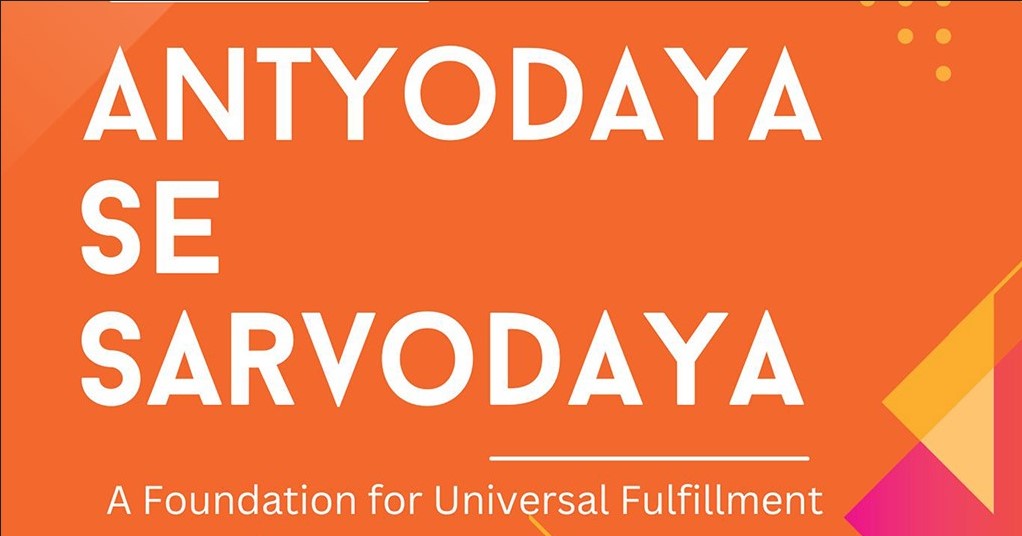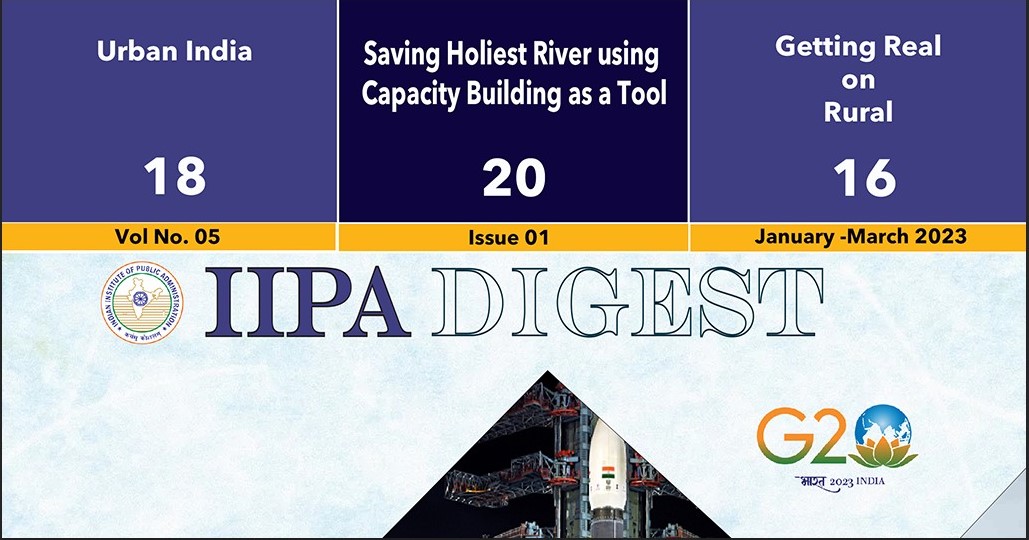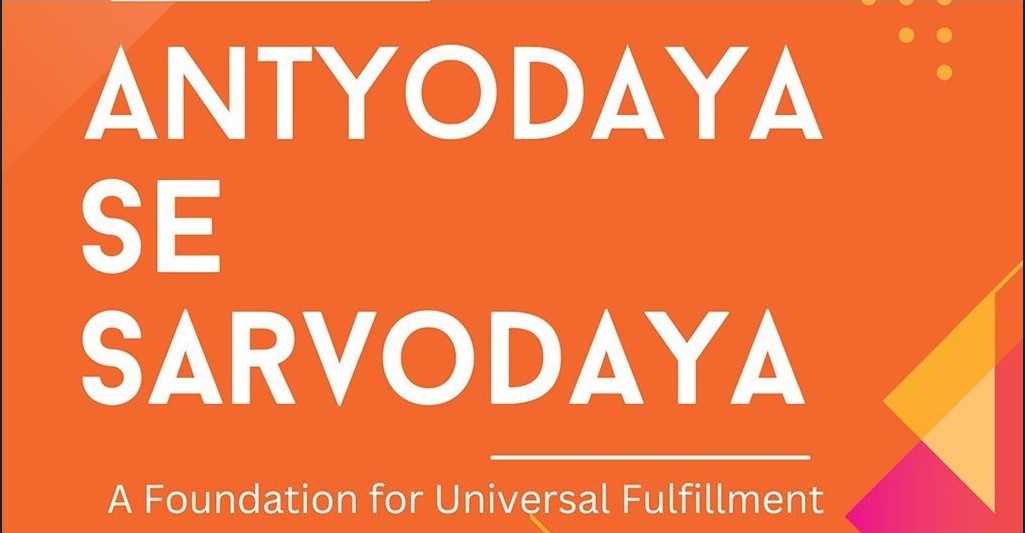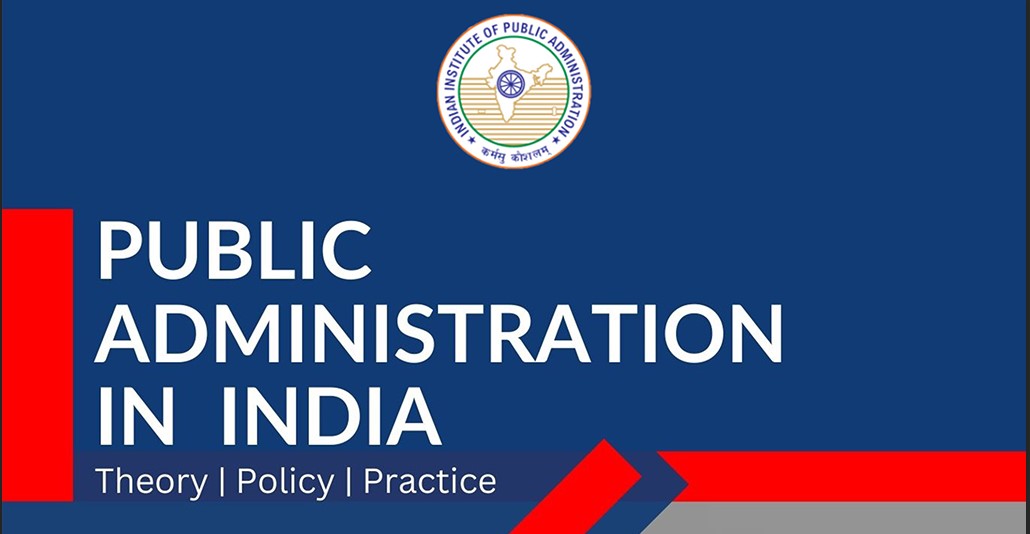Is the Idea of India’s One Nation, One Election A Miracle or A Disaster?
On September 1, 2023, a committee headed by former President Ram Nath Kovind explored the possibility of something called One Nation, One Election in India and ever since this thing has come out in public, political parties all across the country have been fuming with anger. On the one hand, it has been hailed as a revolutionary policy, on the other side it has been criticized as the abuse of power.
If we look at the existing system, elections to Lok Sabha and State Legislative Assemblies are held separately this is because they are held when their respective five year term comes to an end and these terms do not coincide with each other, so elections are held in different states at different times, but the one nation, one election proposal suggests that these elections must be held simultaneously whereby the voters would cast the votes for both of their state representatives and their national representatives at the same time. It means that the state assembly elections and Lok Sabha elections and even the local elections all of these would be held simultaneously .
This is not at all a new concept as after the adoption of the Constitution, the elections to Lok Sabha and all State Legislative Assemblies were held simultaneously from 1951 till 1967 but from 1967 onwards India saw a lot of political unstability. For instance, in the1967 elections the Congress party lost control in several states like Bihar, Punjab and Uttar Pradesh, these states either saw non- Congress parties or coalitions coming to power. Then in 1968, President’s rule was imposed in Uttar Pradesh, just one year after the state elections and in 1971, the then Prime Minister Indira Gandhi called for early elections which were originally scheduled to be held in 1972. This again led to a de- linking of general election schedule from the state legislative assembly election schedule so one nation, one election is not a new concept, it naturally got disrupted due to political instability.
There are countries which already hold simultaneous elections like Belgium, Sweden, Brazil and South Africa and to some extent even the USA, but does that mean India should also do it? Well it's a bit tough to say as Belgium and Sweden follow a different system. Like in India, we follow first past the post system where the candidate with the highest number of votes wins the elections whereas countries like Belgium follow proportional representation where if a party wins 30 percent of the votes, they get 30 percent of the seats hence proportional. Also, in the USA there are only two major political parties like the Republicans and the Democrats but here in India there are 6 National parties, 54 state parties and more than 2000 unrecognized parties so just blindly following a pattern won't work. We need an Indian version of simultaneous election.
Benefits of Holding Simultaneous Elections
● India will overcome the inefficiency of Model Code of Conduct (MCC) which comes into force with the announcement of poll dates, prevents the government from announcing any new scheme, making any new appointments, transfer, postings without the approval of Election Commission. This brings the normal work of government to a standstill.
For instance, In 2019 general elections, the Model Code of Conduct came into effect from March 10 when the election dates were announced till May 23 when the final election results were declared, so during these 2.5 months the Central government could not initiate any new welfare scheme, or any highway project across the country due to the imposition of Model Code of Conduct. The reason for this is the Election Commission of India is very strict about not initiating any new projects during this tenure because they believe that if these parties are allowed to make grand action just before the elections, these parties both at the central and at the state level might use this to lure the voters to vote for their respective party.
● The second challenge that is expected to help us overcome is the massive amount of election expenditure. The 2019 elections cost around Rs 60,000 crores in total and was the world's most expensive election and this number is increasing at an alarming rate. The 2009 Parliamentary election cost around Rs 1115 crore, but by 2014 this number jumped up by 3 times to Rs 3870 crore and it's not just the election commission but even the candidates spent a lot of money on their campaigns.
Just after the 2014 Parliamentary election, many state elections were conducted which were again very expensive. For example, elections in Maharashtra in 2014 cost around Rs 793 crores, Jammu & Kashmir election cost around Rs 110 crore, Bihar 2015 election cost around Rs 300 crore and Gujarat 2017 election were around Rs 240 crores, so add this up to Lok Sabha election cost and one can conclude that Bill comes to around Rs 5313 crores. Thus, the point to be noted over here is that elections to Lok Sabha and the State Assemblies are very costly, If these elections were held together it would have cost us just Rs 4500 crores which would have easily saved at least Rs 2000 crores spent on election expenses.
The figure below presents historical trends of expenditure incurred by the Government of India for Lok Sabha elections:
● There are some losses that come along with the election process like whenever elections are held, we need to set up polling stations, security arrangements and logistics cost two times-one for the Lok Sabha election and one for the state assembly election, so instead of deploying polling booths, Electronic Voting Machines and security personnel for state assembly election and then again for national election, if everything could be deployed once, it will cut down the cost to a great extent.
● Lastly, one of the most underrated costs that we ignore is something called governance downtime. In simple words, the time that the government officials spend on election duty is the time that they will not spend on governance. For instance, civil servants are often pulled away from their regular duties to oversee election logistics but with one nation, one election such prominent people can actually spend months of their time in actual governance rather than just election duty and will allow them to focus more on policy and governance.
This exercise will also help the politicians to save a lot of money because they just have to campaign once in a particular state if one nation, one election is executed.
Difficulties to go for Simultaneous Elections
● The biggest challenge is achieving political consensus. Some studies state that with one nation, one election there is a chance that the top party is more likely to win. There was a survey done by Infrastructure Development Finance Company Limited (IDFC) Institute in 2015 that shows if elections occur together there is a 77 percent chance that the top party will rule both the state and the country. But, if these elections happen 6 months apart, this percentage drops to 61 percent. The reason for the sudden change in their choice could be that sometimes voters have second thoughts, sometimes they regret their first choice or sometimes they are not as impressed by the party as they were right before the elections.
Let’s take an example of Bihar, in 2014 around 41 percent of people in Bihar voted for BJP for the Parliament (Lok Sabha) but moving forward to 2015 for the state elections, the number fell down to just 36 percent, so it could be seen that if both these elections had happened at the same time, there was a very high chance based on this 2014 data that BJP might have kept that 5 percent votes or perhaps they would have even won the state assembly elections.
● Another challenge due to simultaneous election is that the national issues might overshadow the local issues and eventually the national parties will benefit whereas the regional parties might struggle.
● Lastly, executing the one nation, one election policy is going to be very tough because all the government tenures will have to be regulated for this. But doing this would be unacceptable to most of the parties, so this is the dark side of one nation, one election move.
Suggestions & Way Forward
One of the alternative and practicable methods is holding elections in 2 phases. Election of some assemblies can be held at mid-term of Lok Sabha and remaining with the end of tenure of Lok Sabha. For this, the term of some Legislative Assemblies may need to be extended while some of them may need to be curtailed. In order to achieve this, the tenure of existing state Assemblies will have to be curtailed or extended by some months.
As a way forward, it is therefore suggested that a focused group of stakeholders comprising Constitutional and subject matter experts, think- tanks, government officials and representatives of various political parties come together and work out appropriate implementation related details. This may include drafting appropriate Constitution and statutory amendments, agreeing on a workable framework to facilitate transition to simultaneous elections etc.
However, adopting one nation, one election policy would be a stepping stone towards improved governance and a larger initiation of electoral reforms - a desperately needed measure to reboot the Indian polity.
Leave a comment
More articles from Governance & Polity
